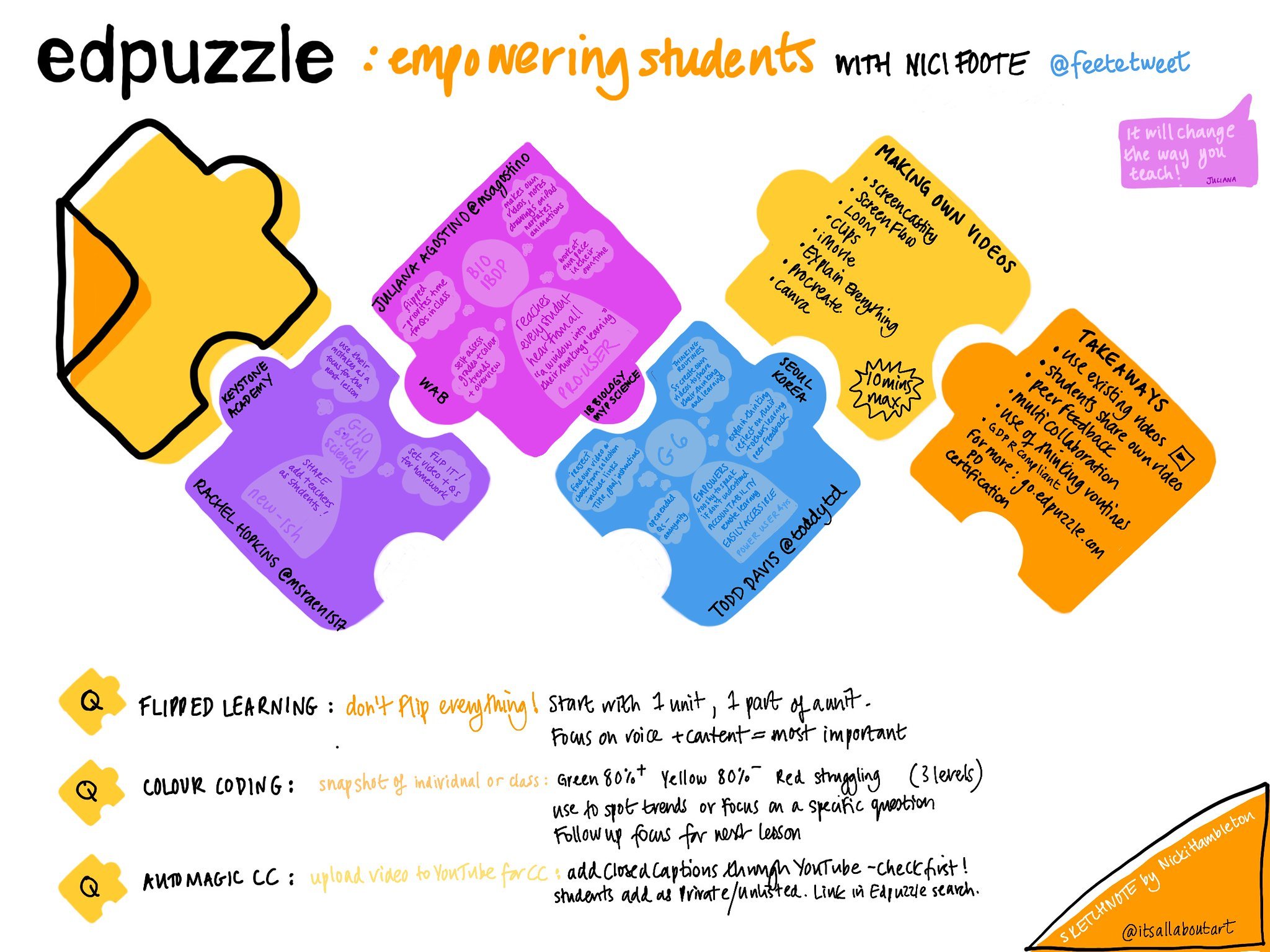Visualising Thinking
When might visualising thinking help you or your team?
I attended a very academic school when I was a teenager, and art was not deemed to be as important as other subjects and certainly not seen as a tool for learning. Notes were always heavy on text with highlights and we were never taught how to revise or remember and doodling would have been frowned upon.
Today, there is a wealth of research about retrieval but not so much on visual note taking. Wammes paper describes “The Drawing Effect”: Drawing involves elaboration, visual imagery, motor action and pictorial representation and it is the physical engagement and action of drawing, coupled with the thinking involved in creating, that results in a “memory cue” that is retrievable. The psychologist Alan Paivio called this combination or image and words dual coding whereby we give ourselves 2 channels to remember
So what does all this mean for us in our every day work? How might thinking be improved by using visuals?
Thinking usually goes on in our heads so is not immediately clear to others, even if we explain it verbally. When we combine visuals with text or words we are able to see as well as hear or read what is being communicating, making it far more likely to be understood.
Take this sketchnote I did a module during my Masters:
I used big imagery to capture the main concept and sorted and grouped information together where it connected or was part of a talk or specific paper. I used simple icons so I can easily locate them when I look back over the work.
It didn’t have to be perfect as it was only for my own learning, not for teaching others or sharing.
Here’s another capturing different speakers on a webinar:
I first started making visual notes back in 2012 in order for me to understand and organise my thinking more clearly. As I moved onto more digital notes using a range of apps on the iPad, I began to capture and share others’ thinking too. For me, as a Graphic designer and Visual Arts teacher, it was a fun and engaging way for me to articulate thoughts and ideas and easier to look back on when reflecting or reviewing.
At the beginning I was reluctant to share my notes as they were personal and I had not set out to share them with others. I thought they would be unclear or may have missed some of the points, however the feedback was really positive, with many using them as a resource.
Sketchnotes engage and making learning fun and memorable
Sketchnotes by Nicki Hambleton from 2012-22
I work “tradigitally”, meaning that sometimes I make notes and visuals on the iPad using Procreate, Notability or Goodnotes and sometimes I make notes in a notebook.
I love to use a notebook so I can flick back through ongoing notes but I use the iPad for most of the one off sketchnotes and captures from podcasts, webinars, books and talks.
How might you use visual thinking in your work?
If you would like to see more of my sketchnotes, here is a link to my Flickr album.





